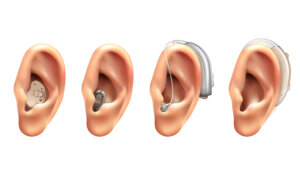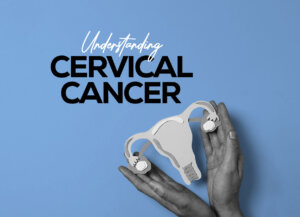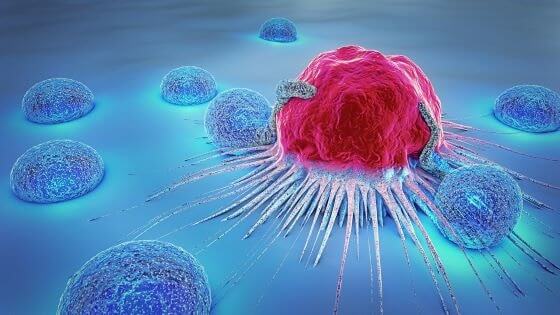
Cancer is a group of diseases involving abnormal cell growth with the potential to invade or spread to other parts of the body. These abnormal cells are termed cancer cells, malignant cells, or tumor cells.
These cells can infiltrate normal body tissues. Many cancers and the abnormal cells that compose the cancer tissue are further identified by the name of the tissue that the abnormal cells originated from (for example, breast cancer, lung cancer, colorectal cancer). Cancer is not confined to humans; animals and other living organisms can get cancer.
World Cancer Day (February 4th) aims to save millions of preventable deaths each year by raising awareness and education about cancer and pressing governments and individuals across the world to act against the disease.
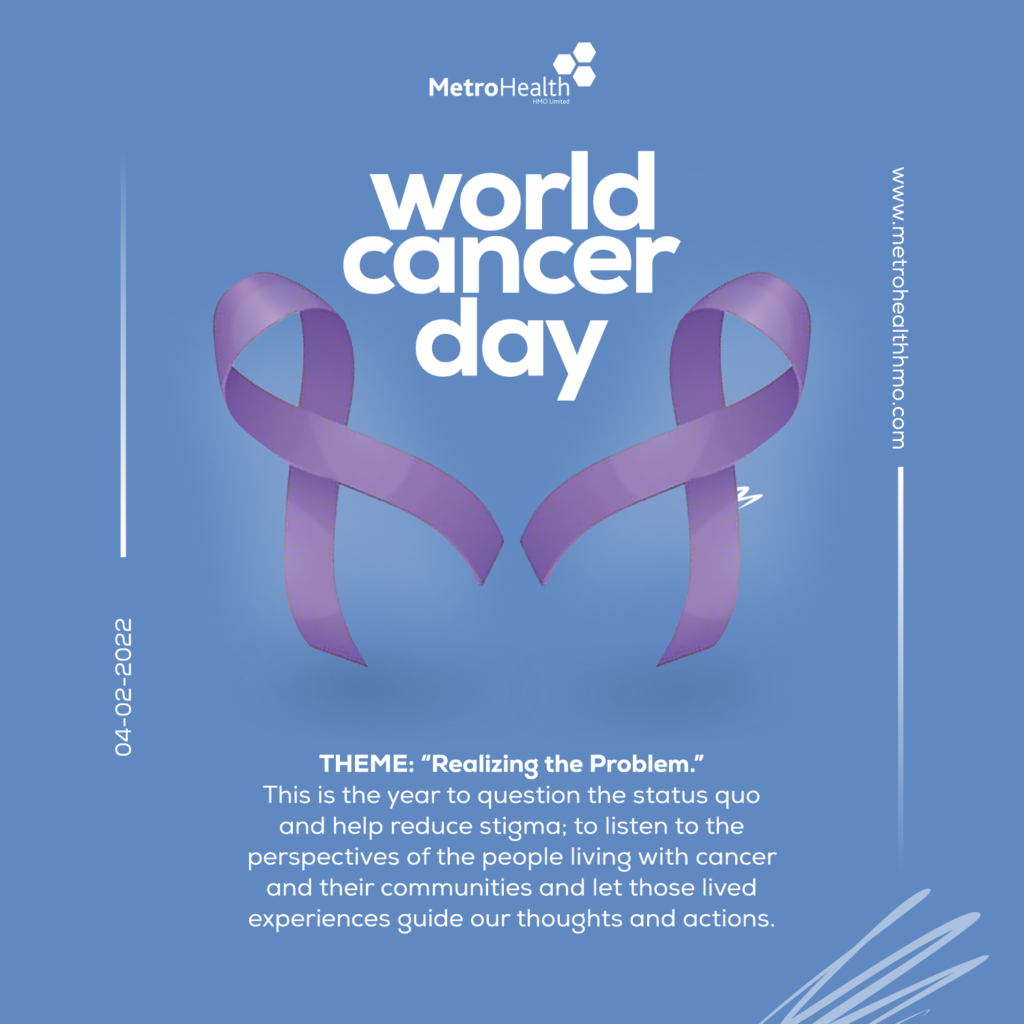
DO YOU KNOW?
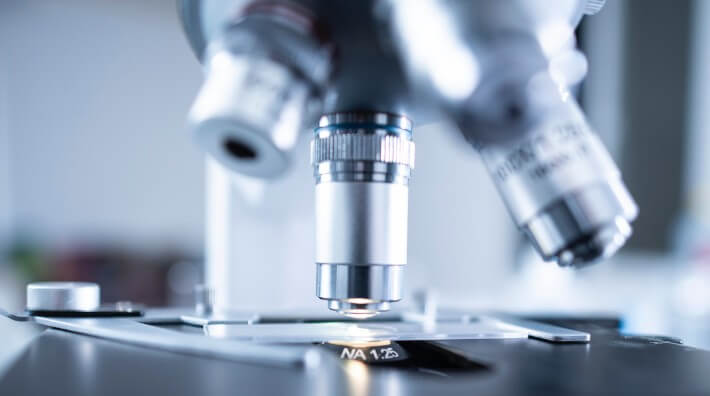
The International Agency for Research on Cancer (IARC) estimates that globally, 1 in 5 people develop cancer during their lifetime, and 1 in 8 men and 1 in 11 women die from the disease.
These new estimates suggest that more than 50 million people are living within five years of a past cancer diagnosis.
The most common cancers are:
- Breast (2.26 million cases)
- Lung (2.21 million cases)
- Colon and rectum (1.93 million cases)
- Prostate (1.41 million cases)
- Skin (non-melanoma) (1.20 million cases); and.
- Stomach (1.09 million cases).
The most common causes of cancer death are cancers of:
- Lung (1.80 million deaths)
- Liver (830 000 deaths)
- Stomach (769 000 deaths); and
- Breast (685 000 deaths).
TYPES OF CANCER
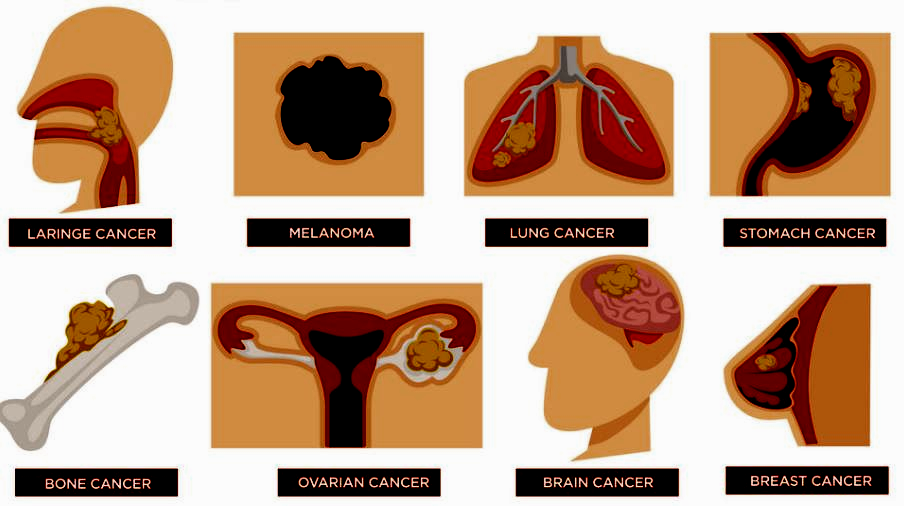
Each year, approximately 400 000 children develop cancer. The most common cancers vary between countries. Cervical cancer is the most common in 23 countries.
SIGNS AND SYMPTOMS OF CANCER
Signs and symptoms caused by cancer will vary depending on what part of the body is affected.
Some general signs and symptoms associated with, but not specific to, cancer, include:
- Fatigue
- Lump or area of thickening that can be felt under the skin.
- Unintended weight loss or weight gain
- Skin discoloration
- Changes in bowel or bladder habits
- Persistent cough or trouble breathing
- Difficulty swallowing
- Hoarseness
- Persistent indigestion or discomfort after eating.
- Persistent, unexplained muscle or joint pain
- Persistent, unexplained fevers or night sweats
- Unexplained bleeding or bruising
PREVENTION OF CANCER
Cancer risk can be reduced by:
- Avoiding tobacco intake
- Maintaining a healthy body weight
- Eating a healthy diet, including fruit and vegetables
- Regular exercise
- Avoiding or reducing consumption of alcohol
- Getting vaccinated against HPV and hepatitis B virus
- Avoiding ultraviolet ionizing radiation
- Schedule cancer screening exams.
TREATMENT
Cancer treatment options include:
Surgery: The goal of surgery is to remove cancer or as much cancer as possible.
Chemotherapy: Chemotherapy uses drugs to kill cancer cells.
Radiation Therapy: Radiation therapy uses high-powered energy beams, such as X-rays, to kill cancer cells. Radiation treatment can come from a machine outside your body (external beam radiation), or it can be placed inside your body (brachytherapy).
Bone Marrow Transplant: A bone marrow transplant is also known as a stem cell transplant. Your bone marrow is the material inside your bones that makes blood cells. A bone marrow transplant can use your own cells or cells from a donor.
A bone marrow transplant allows your doctor to use higher doses of chemotherapy to treat your cancer. It may also be used to replace diseased bone marrow.
Immunotherapy: Immunotherapy, also known as biological therapy, uses your body’s immune system to fight cancer. Cancer can survive unchecked in your body because your immune system does not recognize it as an intruder. Immunotherapy can help your immune system “see” cancer and attack it.
Hormone Therapy: Some types of cancer are fuelled by your body’s hormones. Examples include breast cancer and prostate cancer. Removing those hormones from the body or blocking their effects may cause the cancer cells to stop growing.
Targeted Drug Therapy: Targeted drug treatment focuses on specific abnormalities within cancer cells that allow them to survive.
Palliative Care
Palliative care is a treatment to relieve, rather than cure symptoms and suffering caused by cancer and to improve the quality of life of patients and their families. Palliative care can help people live more comfortably. It is particularly needed in places with a high proportion of patients in advanced stages of cancer where there is little chance of cure.
EARLY DETECTION
Cancer mortality is reduced when cases are detected and treated early. There are two components of early detection: early diagnosis and screening.
EARLY DIAGNOSIS
When identified early, cancer is more likely to respond to treatment and can result in a greater probability of survival with less morbidity, as well as less expensive treatment. Significant improvements can be made in the lives of cancer patients by detecting cancer early and avoiding delays in care.
Early diagnosis consists of three components:
- Being aware of the symptoms of different forms of cancer and of the importance of seeking medical advice when abnormal findings are observed
- Access to clinical evaluation and diagnostic services; and
- Timely referral to treatment services.
SCREENING
Screening aims to identify individuals with findings suggestive of a specific cancer or pre-cancer before they have developed symptoms. When abnormalities are identified during screening, further tests to establish a definitive diagnosis are done.
Screening programmes are effective for some but not all cancer types and in general are far more complex and resource-intensive than early diagnosis as they require special equipment and dedicated personnel.
Patient selection for screening programmes is based on age and risk factors to avoid excessive false positive studies. Examples of screening methods are:
- HPV testing for cervical cancer
- PAP cytology test for cervical cancer
- Visual inspection with acetic acid (VIA) for cervical cancer; and
- mammography screening for breast cancer for women aged 50–69 residing in settings with strong or relatively strong health systems.




